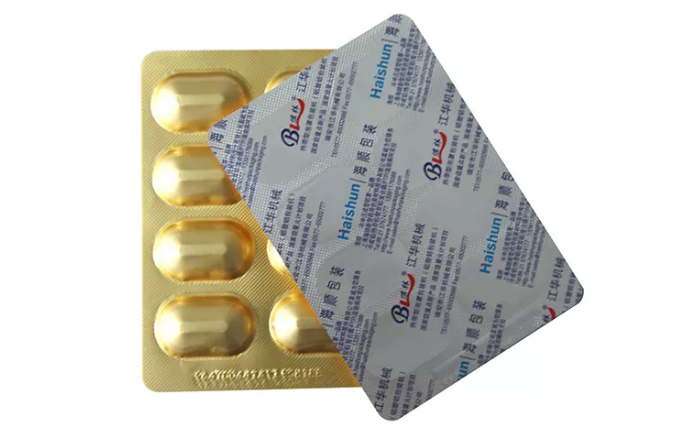In the pharmaceutical industry, various types of plastics are used for packaging, storing, and administering pharmaceutical products. These plastics are chosen based on their compatibility with the drug formulation, their ability to maintain product integrity and safety, and their regulatory compliance. Here are some of the common types of plastics used in pharmaceuticals:

HDPE is a widely used plastic in pharmaceutical packaging. It offers excellent chemical resistance, moisture barrier properties, and impact strength. HDPE is commonly used for the production of bottles, caps, closures, and containers for solid dosage forms such as tablets and capsules. It is also used for packaging liquid formulations like syrups and oral solutions.
LDPE is another type of plastic used in pharmaceutical packaging. It has good flexibility, moisture resistance, and chemical compatibility. LDPE is often employed for the production of dropper bottles, squeeze bottles, and flexible packaging materials. It is commonly used for packaging eye drops, nasal sprays, and other liquid pharmaceutical products.
PP is a versatile plastic used in pharmaceuticals due to its high chemical resistance, transparency, and stability. It is commonly used for the production of vials, ampoules, closures, and syringes. PP containers are suitable for storing and administering both solid and liquid dosage forms. PP is also widely used in the production of medical devices and laboratory equipment.
Sticking a terephthalate group into the polyethylene structure forms polyethylene terephthalate (PET). PET is more expensive to produce than PE, but it provides a transparent and rigid material for bottles. PET plastics can also withstand high temperatures while being a good gas and moisture barrier.
The ubiquitous plastic bottles used to store carbonated drinks are made with PET plastic as it prevents the dissolved carbon dioxide from escaping. In pharmaceutical manufacturing, PET containers commonly hold oral liquid dosage forms (syrups, emulsions, suspensions).
PVC is a widely used plastic in pharmaceutical packaging, particularly for the production of flexible containers, bags, and tubing. It offers good barrier properties, durability, and flexibility. PVC is often used for packaging intravenous (IV) solutions, blood bags, and medical tubing. However, due to concerns about plasticizers like DEHP, alternative materials are being explored for certain applications.
Polystyrene is a rigid and transparent plastic used in pharmaceutical packaging. It is commonly used for the production of vials, trays, and containers for solid dosage forms. PS offers good chemical resistance and is suitable for sterile packaging. It is also used in the production of disposable syringes and other medical devices.
Polyethylene is a family of plastics that includes both HDPE and LDPE. These plastics offer excellent chemical resistance, durability, and flexibility. They are commonly used for primary and secondary packaging of pharmaceutical products. PE bags, pouches, and films are used for blister packaging, unit dose packaging, and other forms of packaging.
It is important to note that the choice of plastic material depends on the specific requirements of the pharmaceutical product, regulatory guidelines, and patient safety considerations. Manufacturers and packaging experts carefully evaluate the compatibility of plastics with the drug formulation to ensure product stability, integrity, and safety throughout its lifecycle.